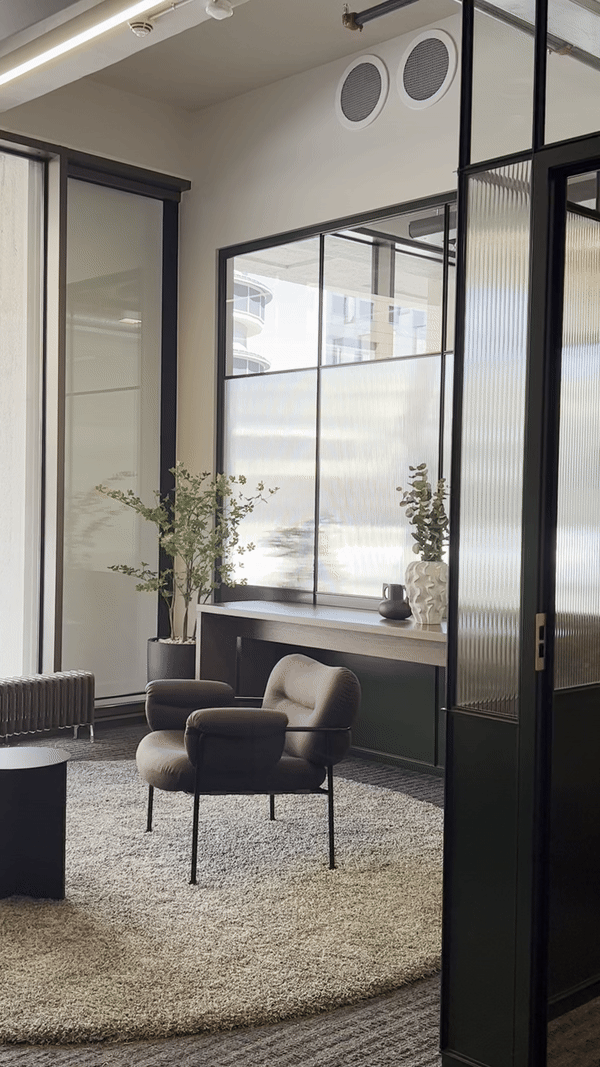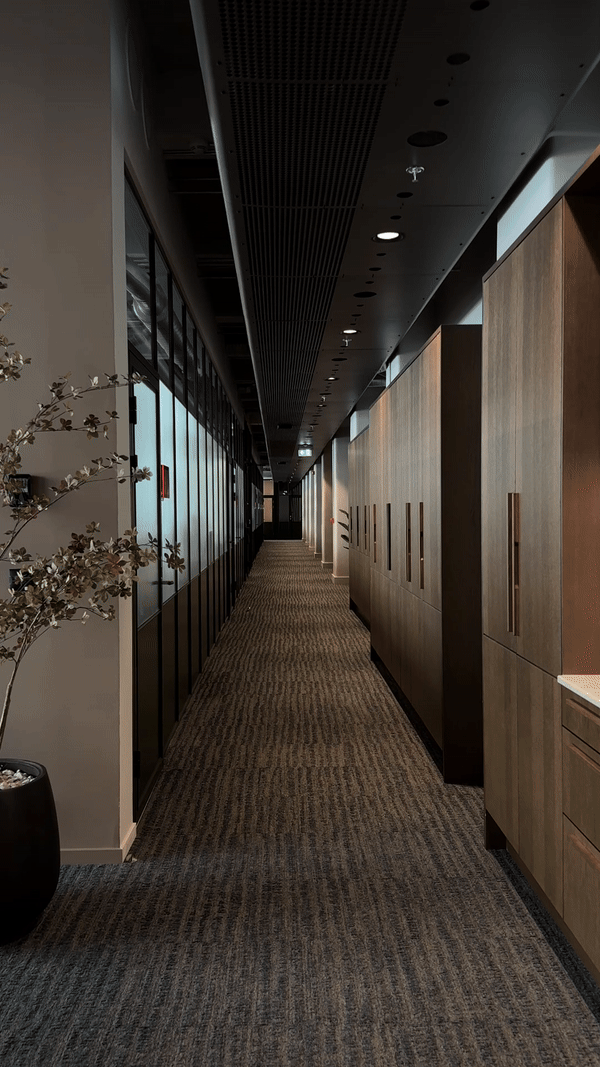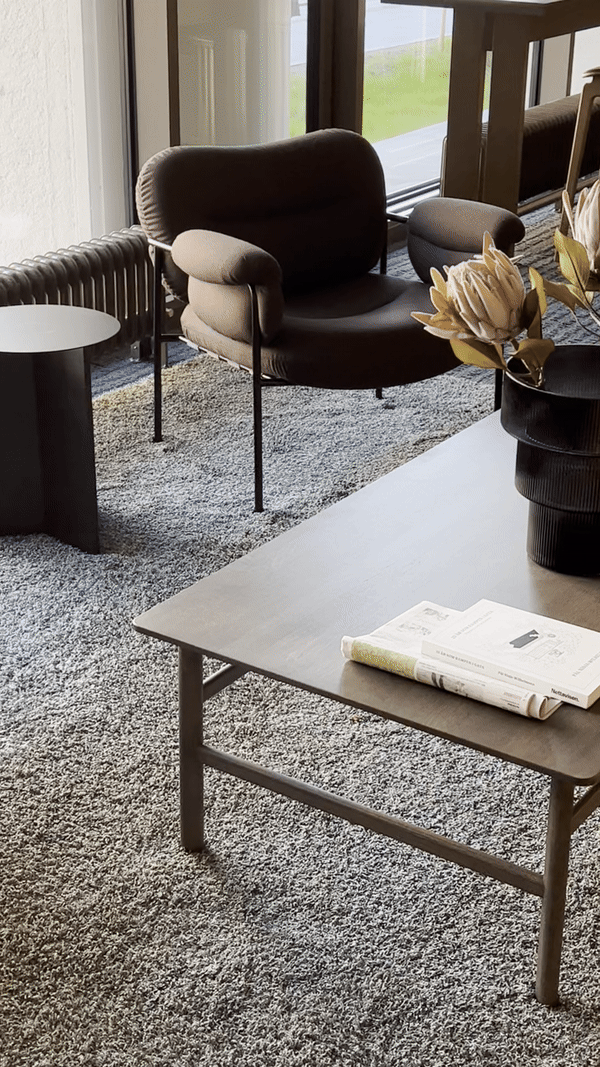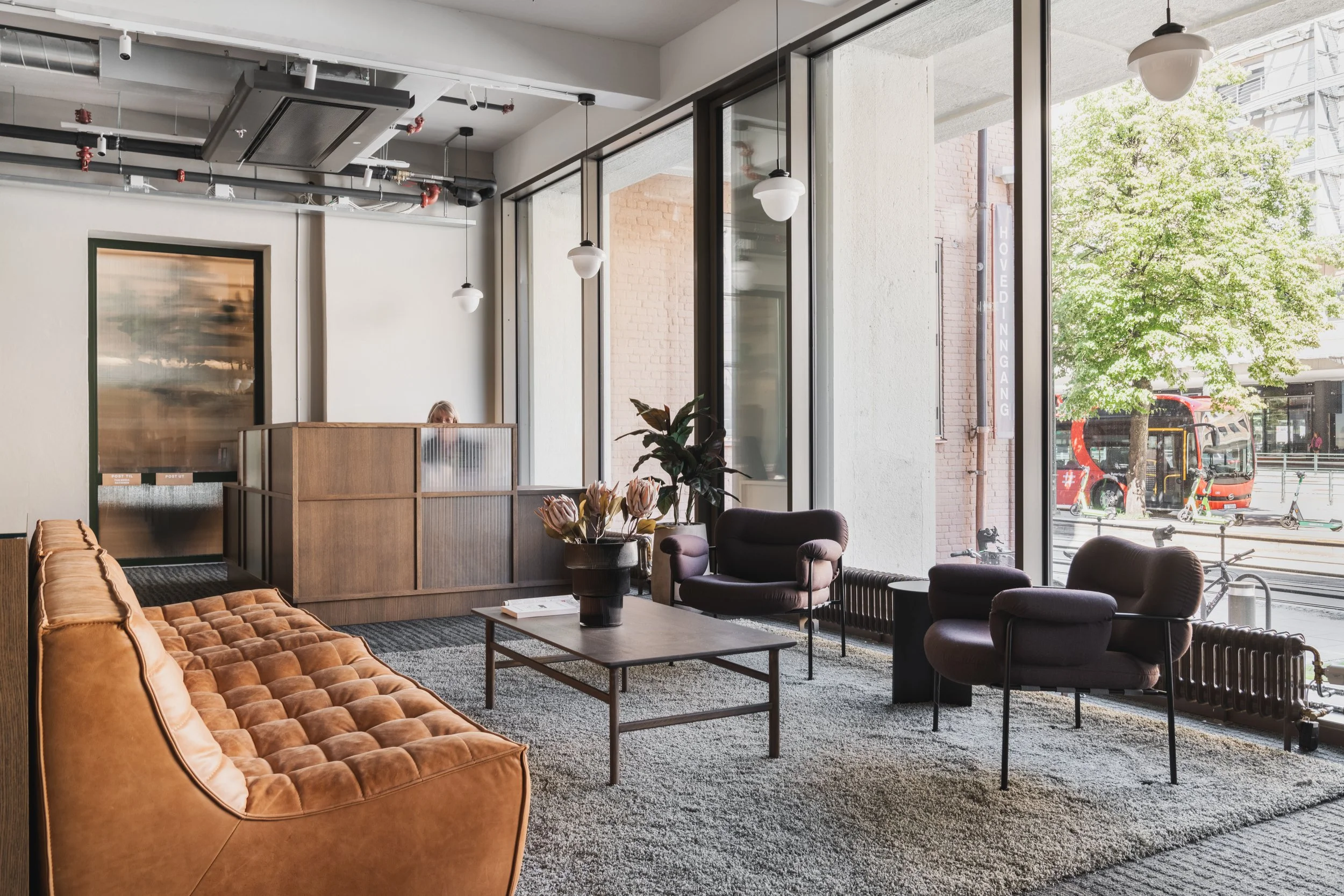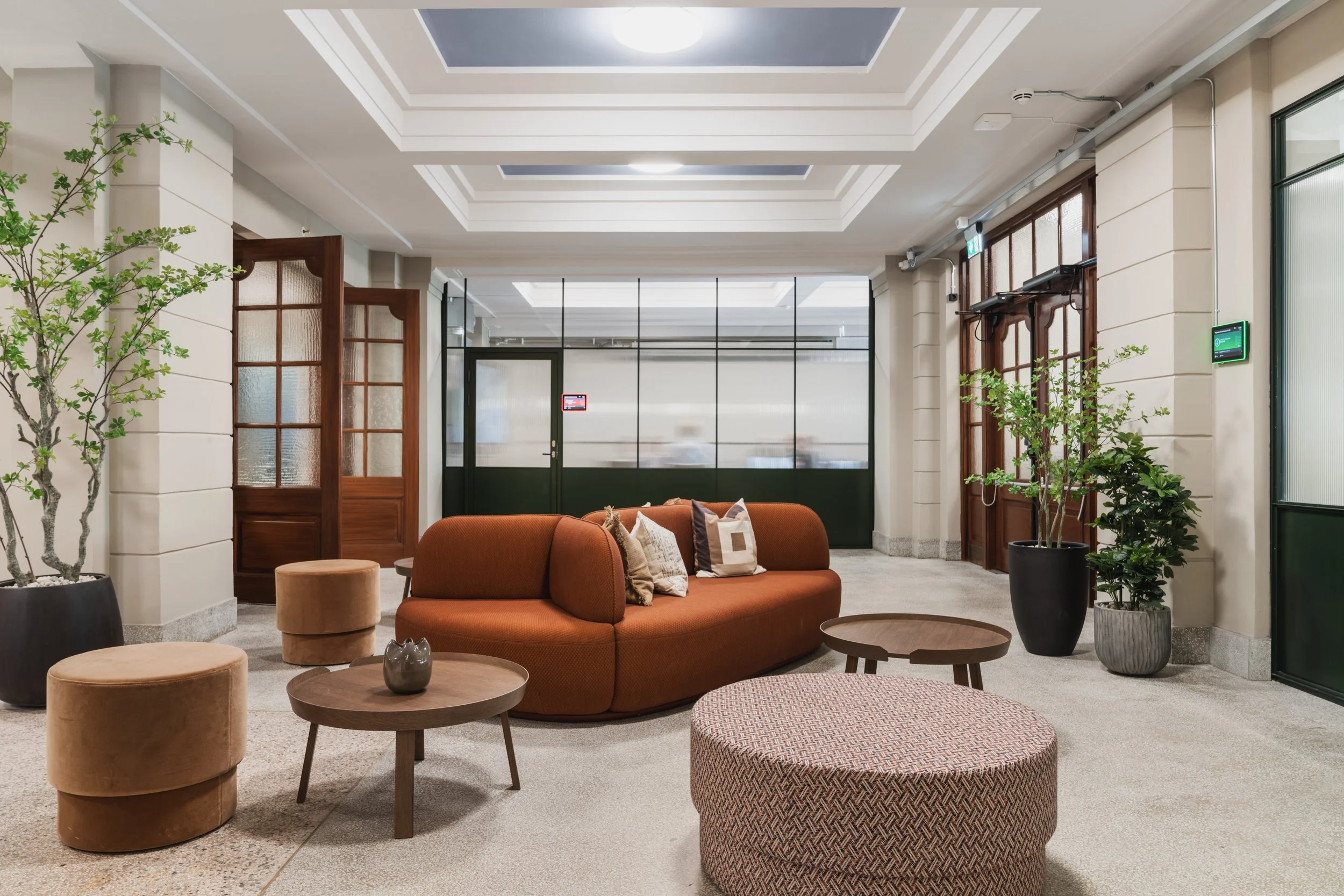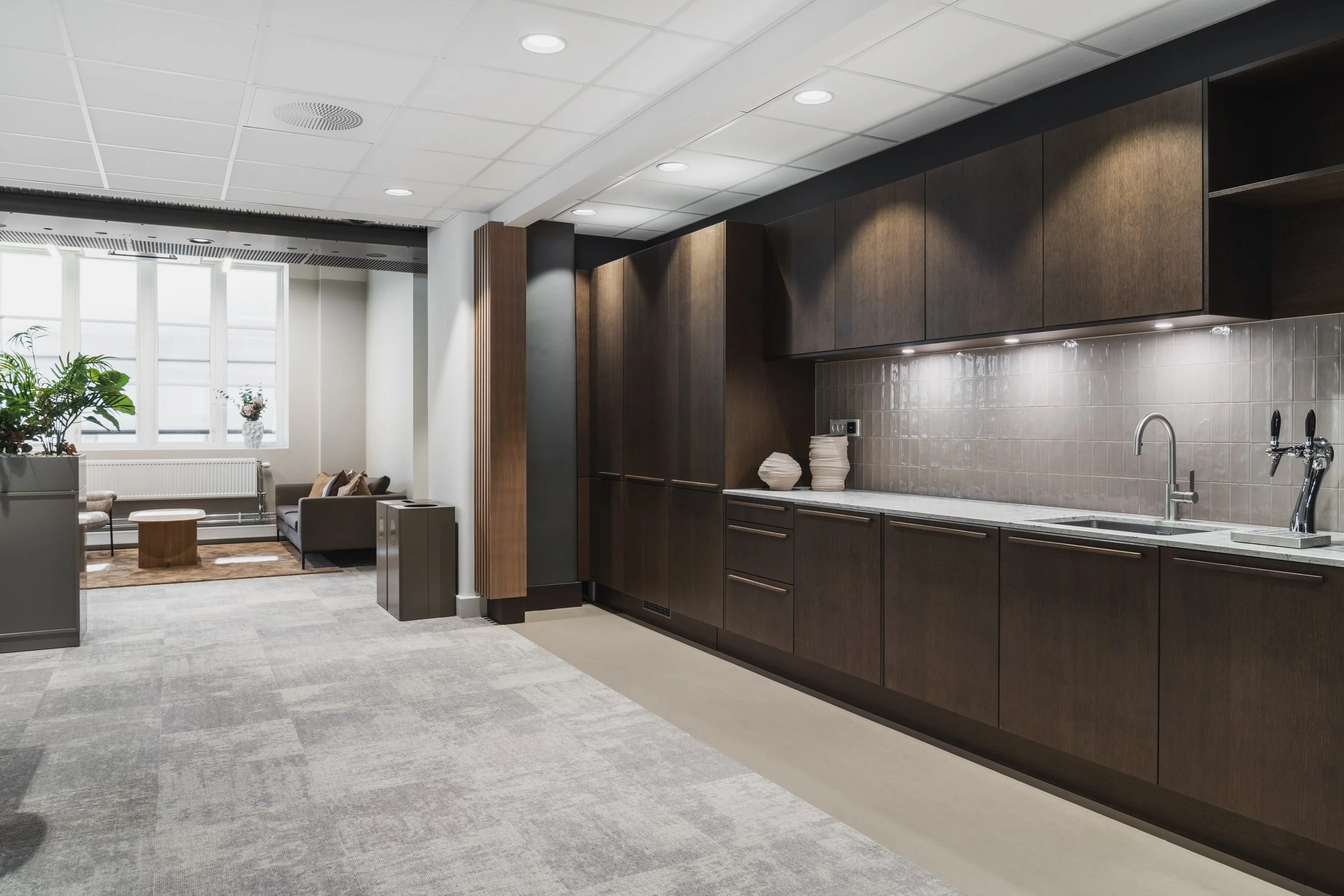AMEDIA
AMEDIA
«Old Customs, News today»
In the center of Oslo stands the old customs building from 1926. The building is a typical public-purpose structure of its time, associated with the Norwegian Customs Authority, and holds both cultural and architectural historical value. For a long time, this was the only customs station in the country that was not connected to a port, but was instead oriented towards the railway.
Amedia is a major tenant in the Customs Building. They have consolidated their operations from several locations in Oslo under one roof. Amedia is the largest publisher of newspapers in Norway, representing 93 local newspapers, Nettavisen, Nationen, 10 local websites, 3 trade journals, and 1 local radio station.
It was important for Amedia that the premises reflect their identity, while also being a pleasant place to work and a workplace to be proud of.
The foundational palette and materials for the building were developed into a cohesive concept that has been offered to the tenants. The materials used reference historical elements and designs found in older photographs. Parts of the building are protected, and in collaboration with the city’s heritage authority, guidelines have been developed for restoration. Core walls have been clad with wooden slats, and some custom furniture has been adapted into niches with veneer in the same finish. All the kitchens are made of wood, coordinated with the slats, but with a solid composite stone countertop. A metal framework has been installed throughout the corridors to conceal electrical installations.
Amedia had sustainability as a key principle in their relocation process, aiming to reuse as much furniture as possible, resulting in a reuse rate of 80-90%. Since the new premises were larger, some new furniture had to be added. A lot of work went into assembling everything into a new context.
OPPDRAGSGIVER: Amedia
FOTOGRAF: Dag Sandven
OMFANG: Kontor
ÅR: 2024
Old customs building from 1926. Foto: Mittet & Co - Oslo Museum
Glass walls have been designed with paneling and divisions reminiscent of the old walls. Ribbed glass was used in areas where reduced visibility was desired.






